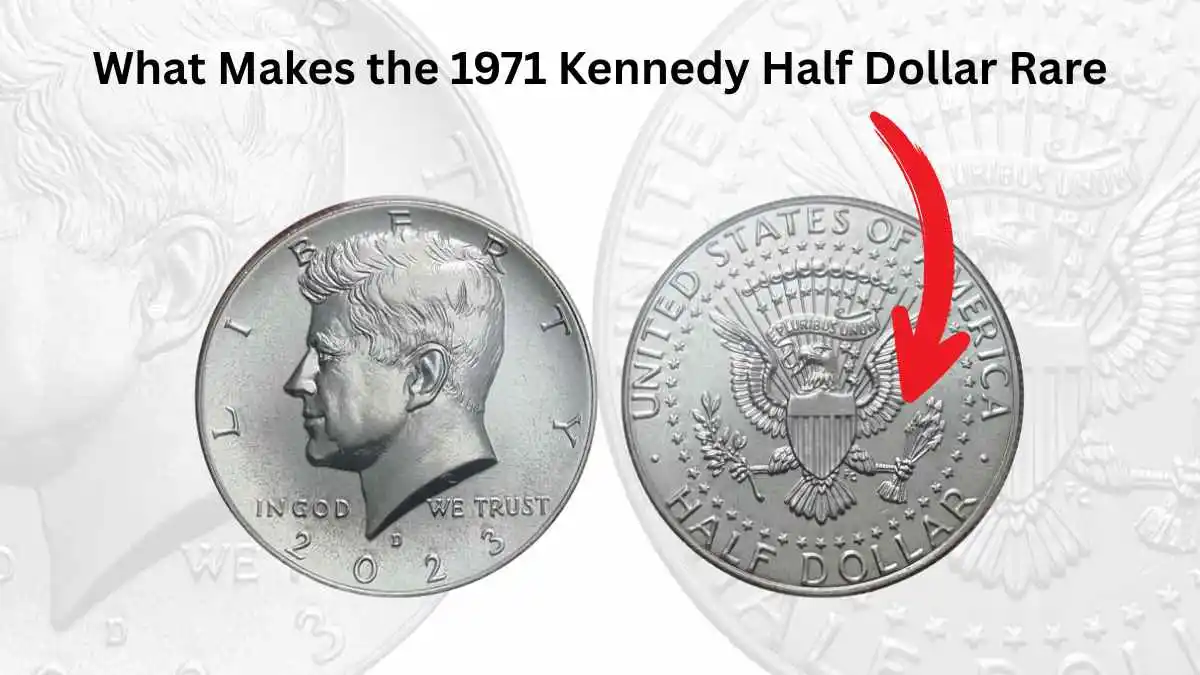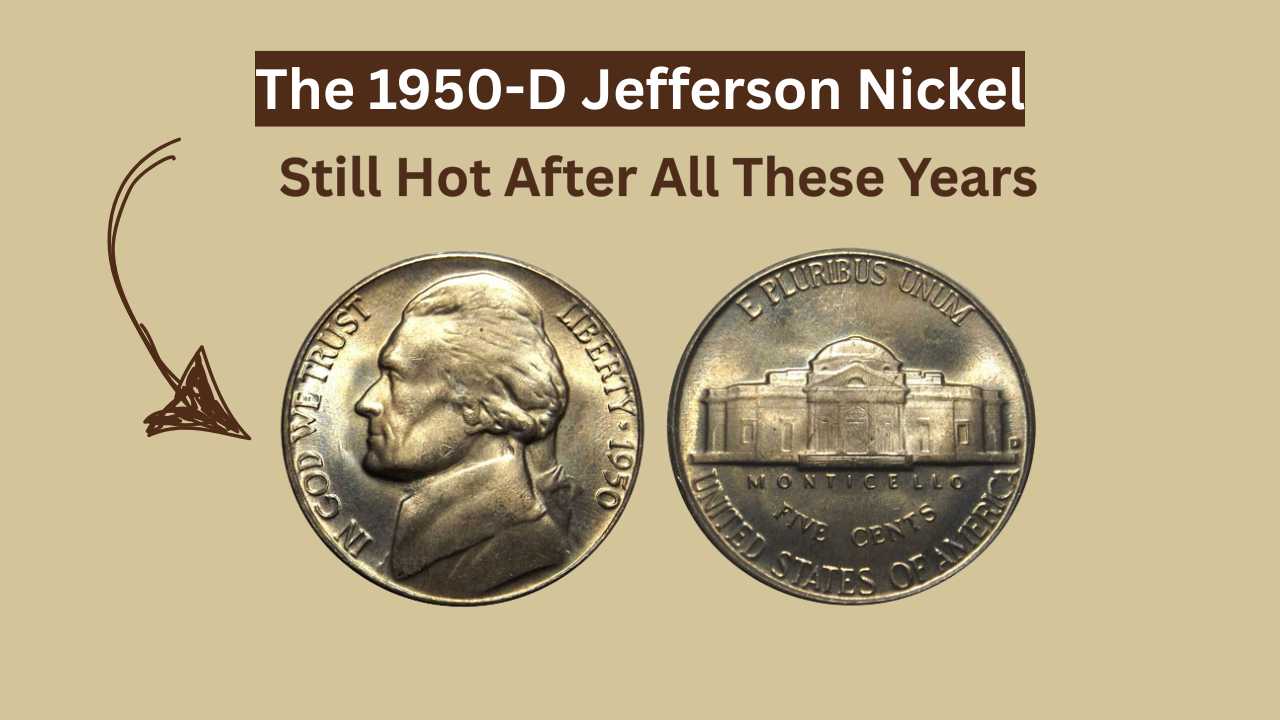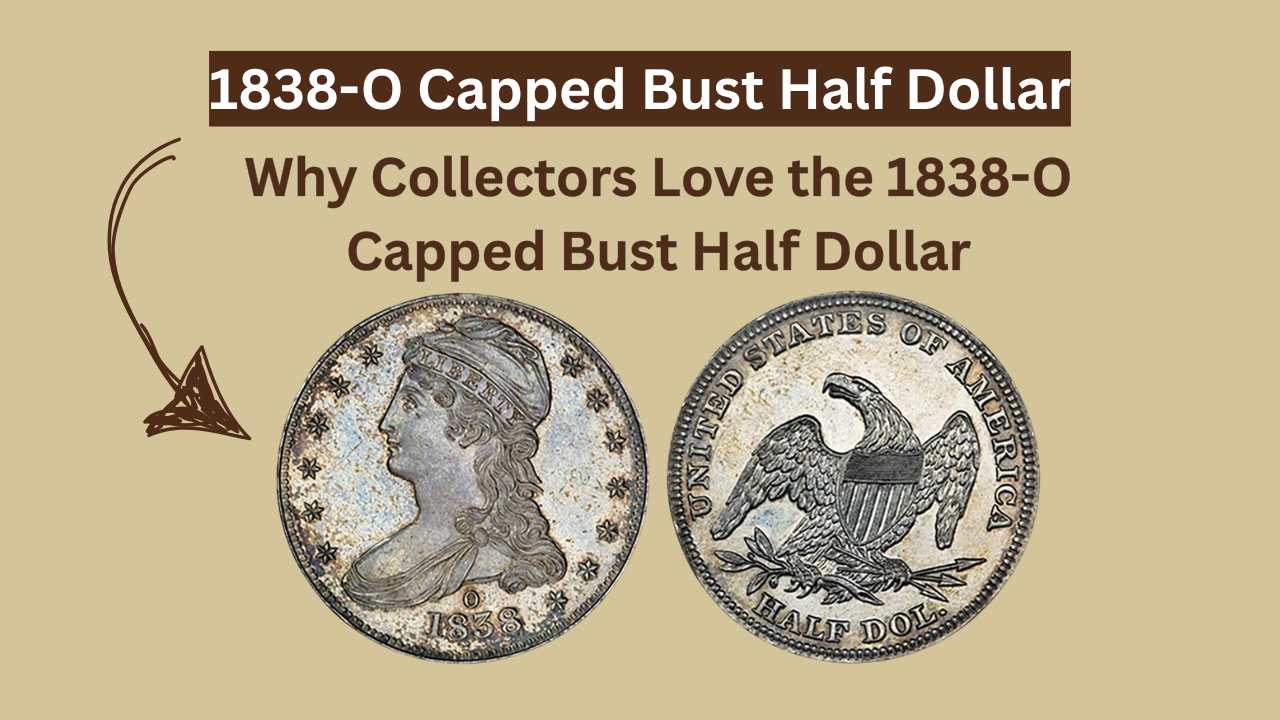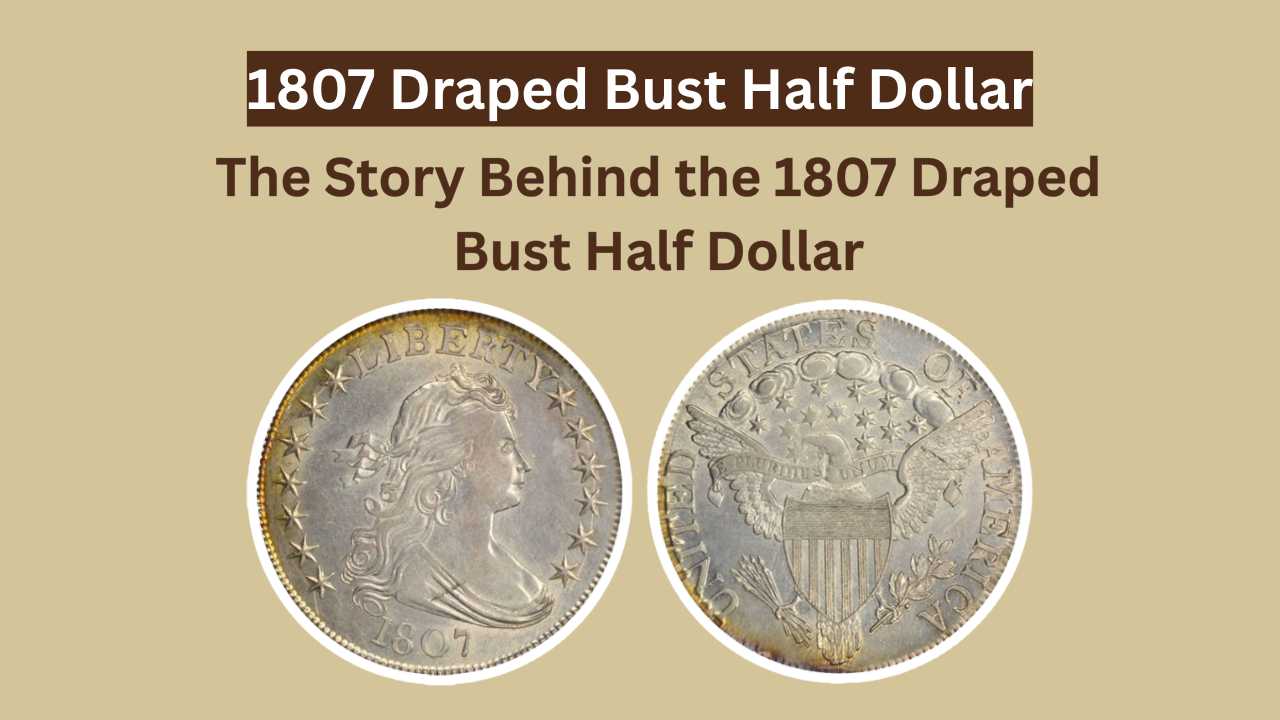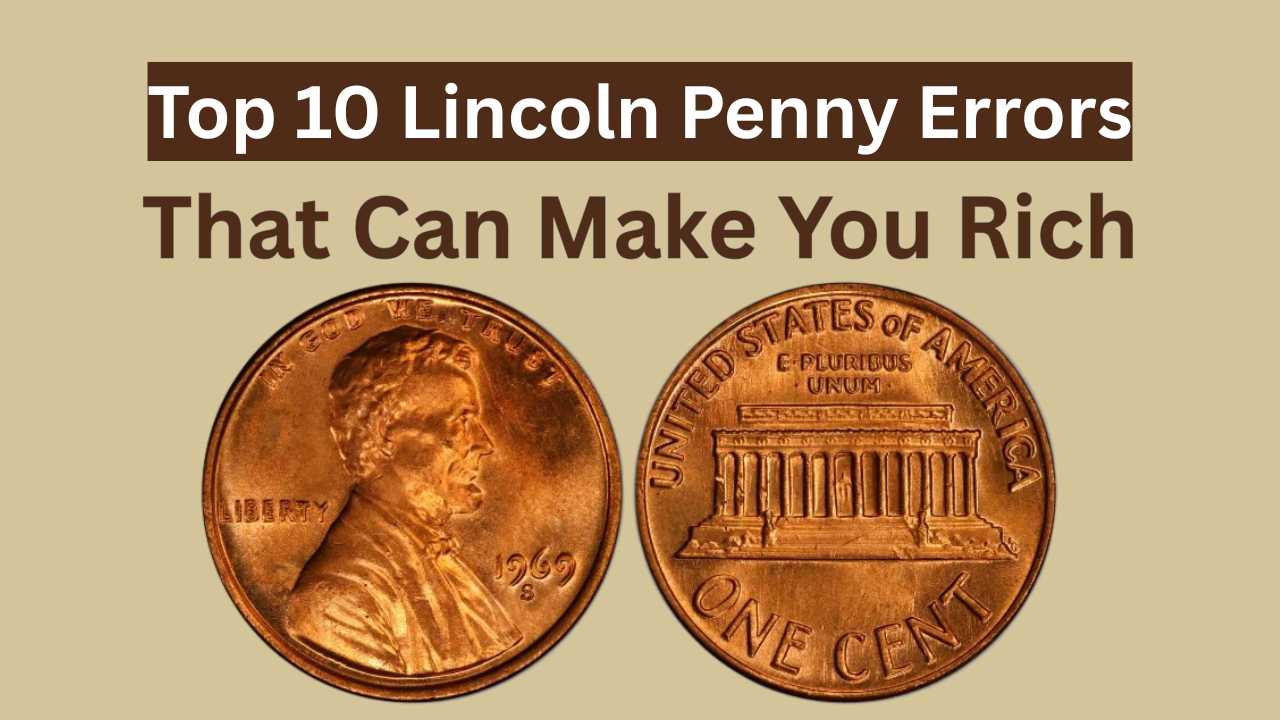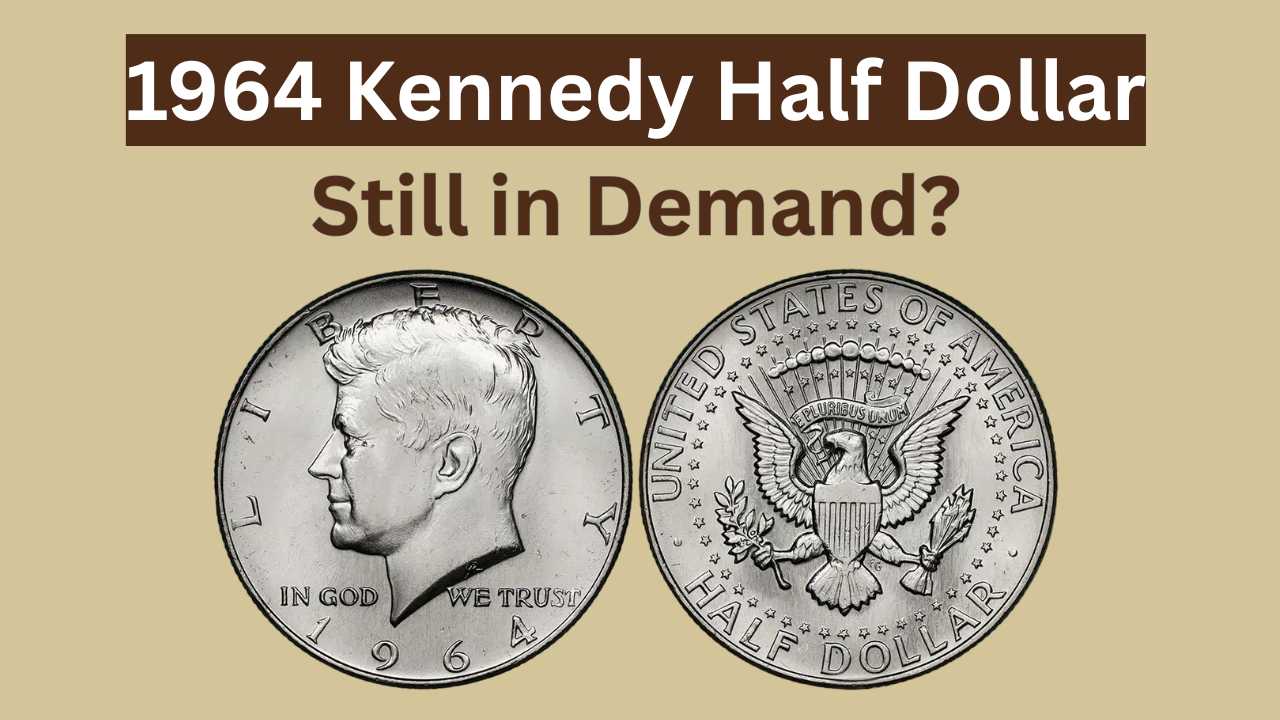
Do you have an old quarter lying around from the 1970s? If so, don’t spend it just yet. One particular rare Bicentennial quarter has collectors going wild — and it might be worth $5,000 or more today!
Yes, you read that right. A 25-cent coin from 1976 could be a small treasure. And the craziest part? Many people don’t even know they have it.
Let’s explore why this coin is so special, how to identify it, and what makes it so valuable in 2025.
What Is the Bicentennial Quarter?
In 1976, the U.S. celebrated its 200th birthday, known as the Bicentennial. To honor the occasion, the U.S. Mint released a special edition quarter featuring a new reverse design. Instead of the usual eagle, these coins have a patriotic image of a colonial drummer boy and the words “1776-1976.”
More than 1.6 billion of these were made, so most of them are not rare. But… some are.
What Makes a Bicentennial Quarter Rare?
While most 1776-1976 quarters are worth just face value, there are a few key traits that can make yours extremely valuable:
✅ 1. Silver Composition
Some Bicentennial quarters were struck in 40% silver — but only in special collector sets. If your coin feels heavier or sounds different when dropped, you might have a silver one!
🧪 Pro Tip: Use a magnet. Silver is not magnetic, while regular clad coins may give a slight response.
✅ 2. Proof Strikes or San Francisco Mint Marks
Check the coin for an “S” mint mark under the date. If it’s a proof coin from San Francisco, it could be worth more — especially if it’s still in uncirculated condition.
✅ 3. Double Die Errors
This is where things get juicy. Some rare Bicentennial quarters show a double image on the date, motto, or drummer boy. These minting errors can be worth hundreds to thousands of dollars depending on condition.
✅ 4. High-Grade Condition
Coins graded MS67 or higher (Mint State) are extremely rare. If you have a flawless-looking Bicentennial quarter, consider sending it for grading through PCGS or NGC.
A Real-Life Example: $5,000 Sale in 2023
In recent years, collectors have paid up to $5,000 for rare Bicentennial quarters. In one case, a quarter with a double die reverse and a silver strike sold at auction for $4,800.
Even a regular Bicentennial quarter in pristine condition (MS68) fetched over $1,200.
How to Check If Yours Is Rare
Here’s a simple checklist to see if your quarter is special:
Is the date 1776-1976?
Is there an “S” mint mark?
Does it appear silver (not copper on the edges)?
Do you notice any double lines or letters?
Is the coin shiny, uncirculated, or in mint condition?
If the answer is yes to any of these, it might be worth getting the coin appraised.
What to Do If You Have One
If you think you found a rare Bicentennial quarter:
Don’t clean it. Cleaning can reduce value.
Store it in a coin holder or soft cloth.
Take clear photos of both sides.
Reach out to a certified coin dealer or grading service.
Check recent sales on eBay or auction houses for value comparison.
Are More Rare Quarters Still Out There?
Absolutely! Coin experts believe that many rare coins — including Bicentennial error quarters — are still in circulation or hiding in people’s drawers and coin jars.
You don’t need to be a professional numismatist to strike gold — you just need a good eye, some curiosity, and a little luck.
Final Thoughts: A Quarter Worth Way More Than 25 Cents
The rare Bicentennial quarter is a reminder that even the most common-looking coin can have incredible hidden value. Next time you’re about to toss a quarter into the tip jar or vending machine, take a second look — it could be your lucky day.

